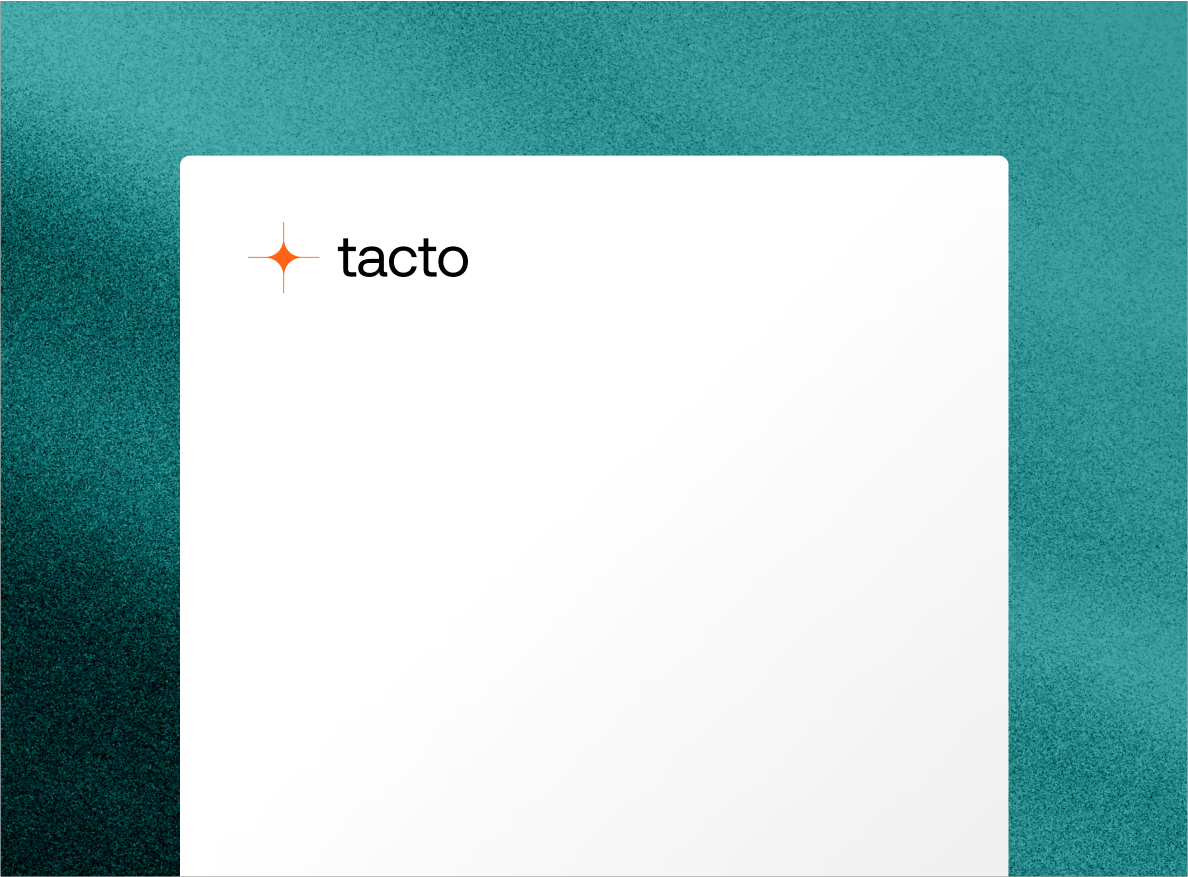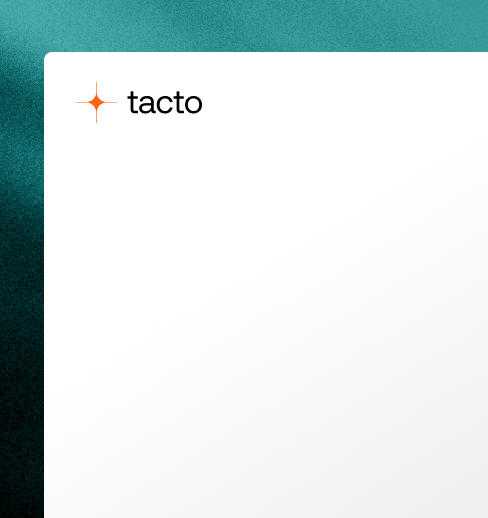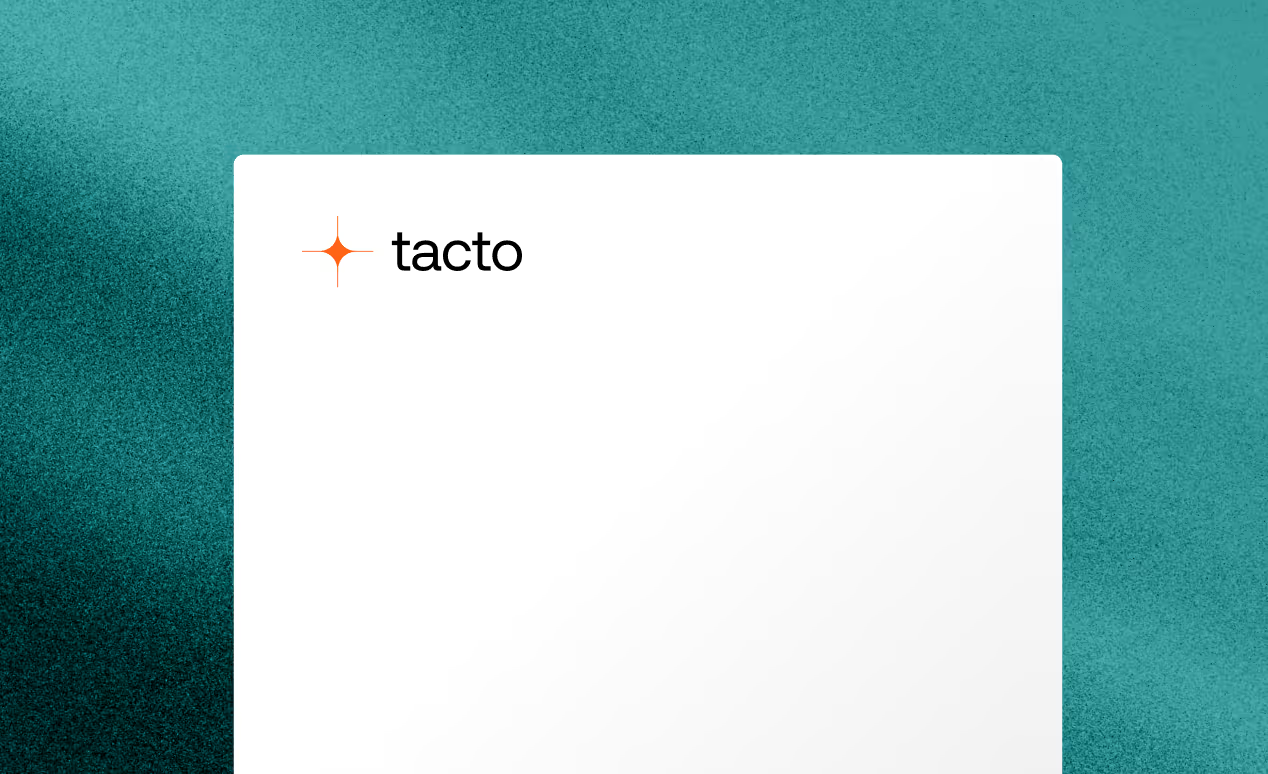Procurement Glossary
Cost avoidance: Definition & important aspects for buyers
Cost avoidance enables companies to prevent potential cost increases and achieve sustainable savings by acting with foresight. This structured overview shows you the most important levers and methods with which you can systematically identify cost risks in Procurement and take effective countermeasures.
Cost avoidance in a nutshell:
Cost avoidance describes the prevention or reduction of future cost increases through preventative measures. In Procurement , this approach enables the verifiable avoidance of additional costs through strategic negotiations, alternative procurement concepts or process optimization.
Example: An automotive supplier prevents an announced price increase of 4.5% for electronic components by concluding a 24-month framework agreement with fixed prices at an early stage, thereby avoiding additional costs of EUR 180,000 in the coming financial year.
Introduction to purchasing controlling: cost avoidance
Cost avoidance is an important concept in the strategic cost management of companies. It describes all measures and activities aimed at avoiding or reducing potential future costs before they even arise. In contrast to traditional cost savings, where existing costs are reduced, cost avoidance focuses on preventative measures. This proactive approach is becoming increasingly important in modern corporate management, as it can create sustainable competitive advantages and contribute to long-term profitability. In this guide, you will learn about the most important aspects of cost avoidance, its implementation and the various strategies for successful implementation.
What is cost avoidance?
In procurement, cost avoidance refers to measures aimed at preventing future cost increases or avoiding additional expenditure. In contrast to direct cost savings, which relate to the reduction of existing expenditure, cost avoidance focuses on averting potential costs before they arise. This can be achieved through price negotiation techniques, long-term contracts or the implementation of more efficient processes.
Core elements of cost avoidance
Significance for Procurement
In strategic partnerships, cost avoidance plays a decisive role in securing a company's competitiveness. By taking proactive measures, buyers can help to increase profitability and minimize financial risk management. Cost avoidance enables budgets to be used more effectively and resources to be freed up for value-adding activities.
Cost avoidance: From traditional cost reduction to strategic cost avoidance
Cost avoidance is a central element of modern procurement management and goes far beyond conventional cost reduction. While traditional approaches focus on reducing existing expenditure, cost avoidance aims to proactively identify and eliminate potential future costs before they arise. In a dynamic and competitive economy, it is essential for companies not only to operate efficiently, but also to plan ahead strategically. The transition from reactive to proactive methods in Procurement is therefore crucial to ensure long-term profitability and competitiveness.
Old: Traditional cost reduction
Traditional approach: In traditional cost reduction, companies focus on reducing existing costs through direct measures. In practice, this often means that buyers negotiate prices with suppliers, use volume discounts or select cheaper suppliers. Tools such as simple price comparisons and tendering procedures are used to realize short-term savings. However, this approach is usually reactive and short-term oriented. It rarely takes into account future market changes or innovative procurement strategies. The main challenges are that potential savings are limited and the relationship with suppliers comes under pressure, which can affect security of supply and quality in the long term.
New: Strategic cost avoidance
Cost avoidance: The modern cost avoidance approach relies on strategic measures to avoid future costs in advance. This includes determining requirements at an early stage in order to prevent rush purchases and the associated additional costs. Process optimization makes procurement procedures more efficient, minimizes delays and conserves resources. Innovative contract models and long-term agreements with suppliers ensure stable prices and conditions. In addition, the integration of new technologies and materials promotes the reduction of future costs. This proactive approach enables companies to identify risk management at an early stage and implement sustainable procurement strategies, resulting in stronger financial performance.
Practical example: Implementation in the automotive industry
A leading car manufacturer integrated the principle of cost avoidance into its purchasing strategy. By involving the purchasing department in the development processes at an early stage, alternative materials were identified that were both more cost-efficient and lighter. This not only led to a 10% reduction in material costs, but also to improvements in vehicle efficiency. In addition, suppliers were involved in innovation projects, whereby joint process optimizations enabled annual savings of over 5 million euros. The implementation of long-term contracts with price adjustment clauses also protected the company from price volatility on the raw materials markets.
Conclusion on cost avoidance
Cost avoidance is an essential tool of modern procurement management. Through proactive measures such as strategic price negotiations, long-term contracts and digital analysis tools, companies can effectively prevent future cost increases. Success lies in the systematic implementation and continuous development of avoidance strategies. Particularly in the context of increasing market volatility, cost avoidance is becoming a decisive competitive factor for sustainable corporate management.







.png)
.png)
.png)
%20%E2%80%93%20Jakob%2C%20Ines.png)
%20%E2%80%93%20Jan%2C%20Jacob.png)
.png)
.png)
